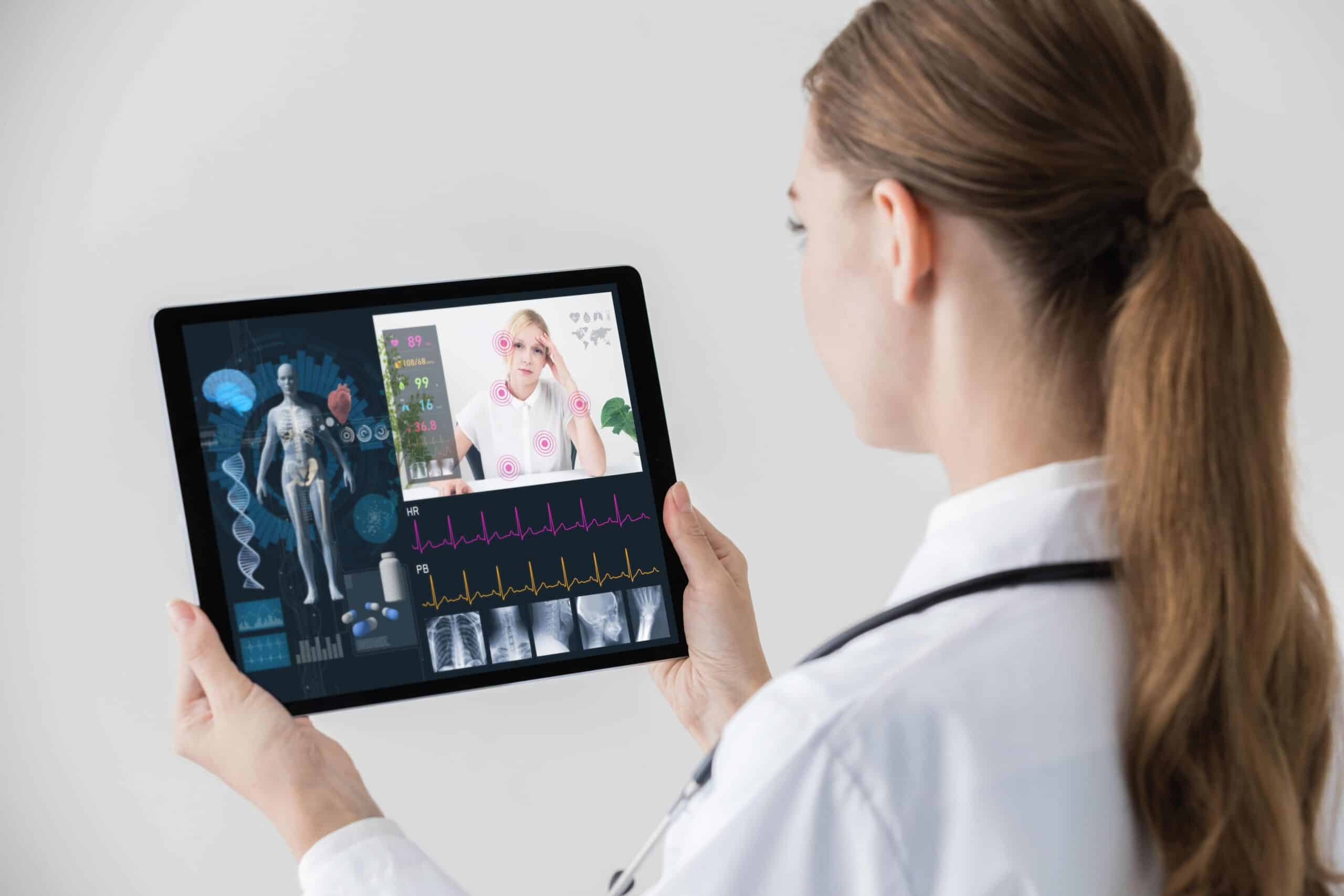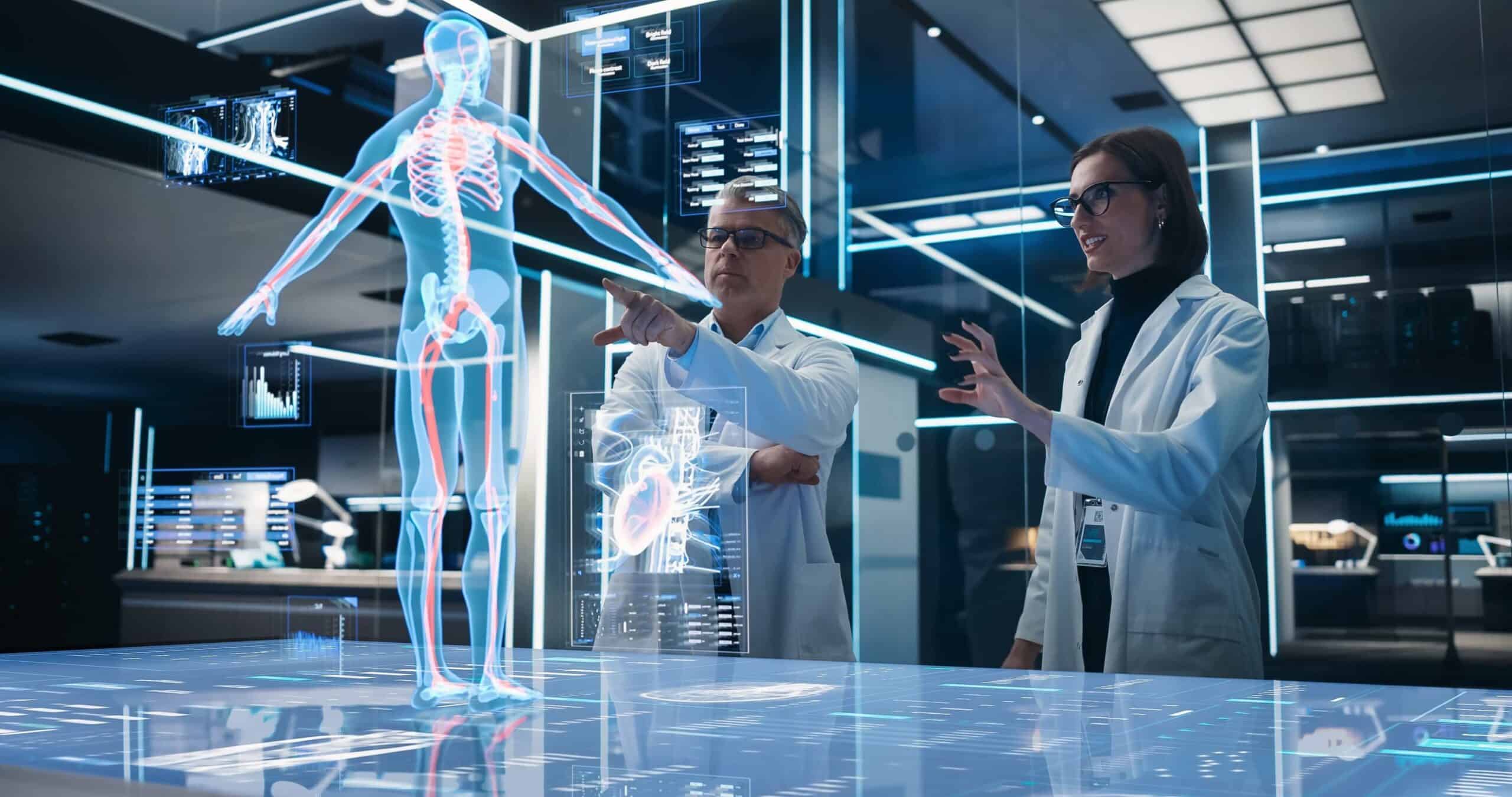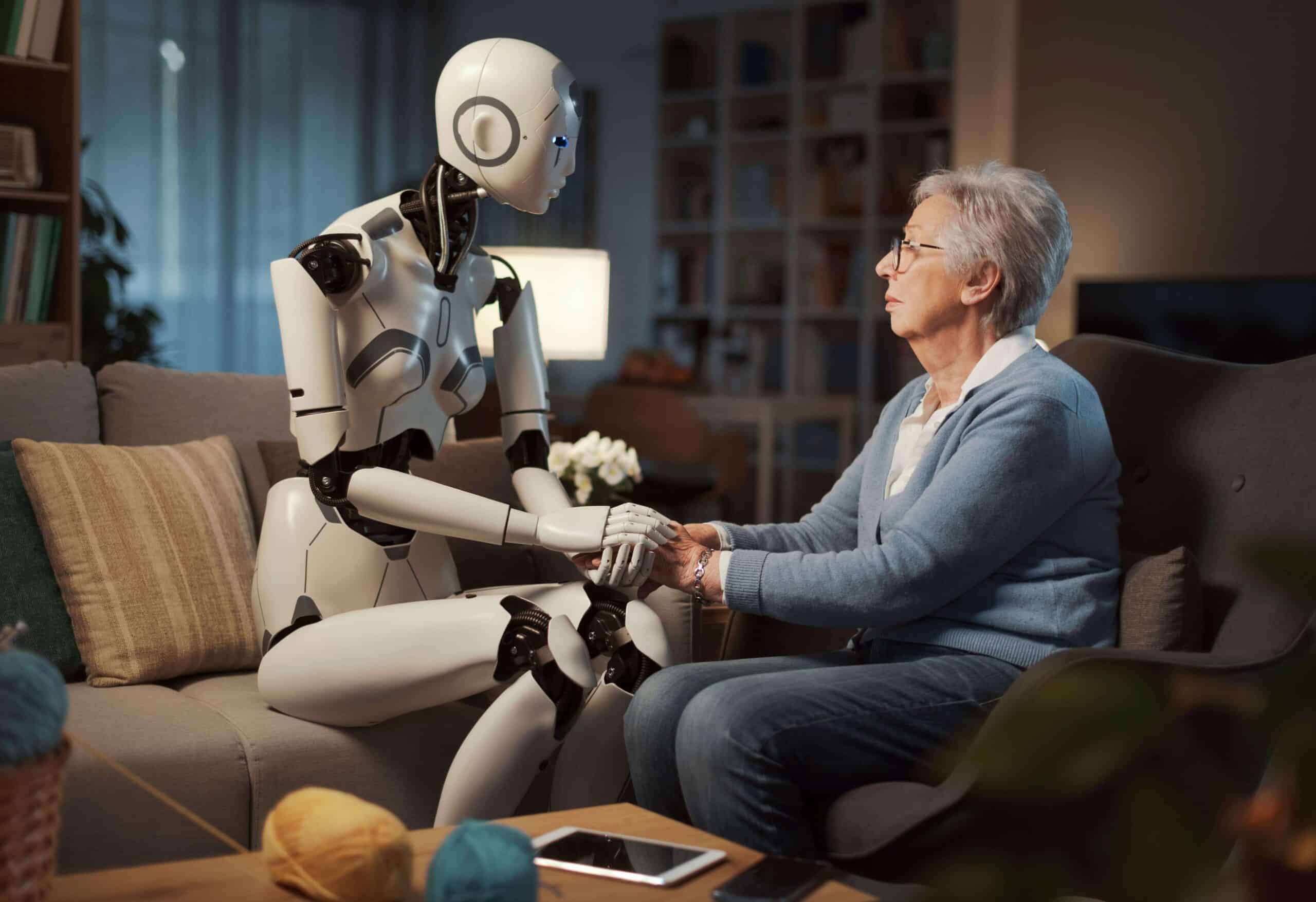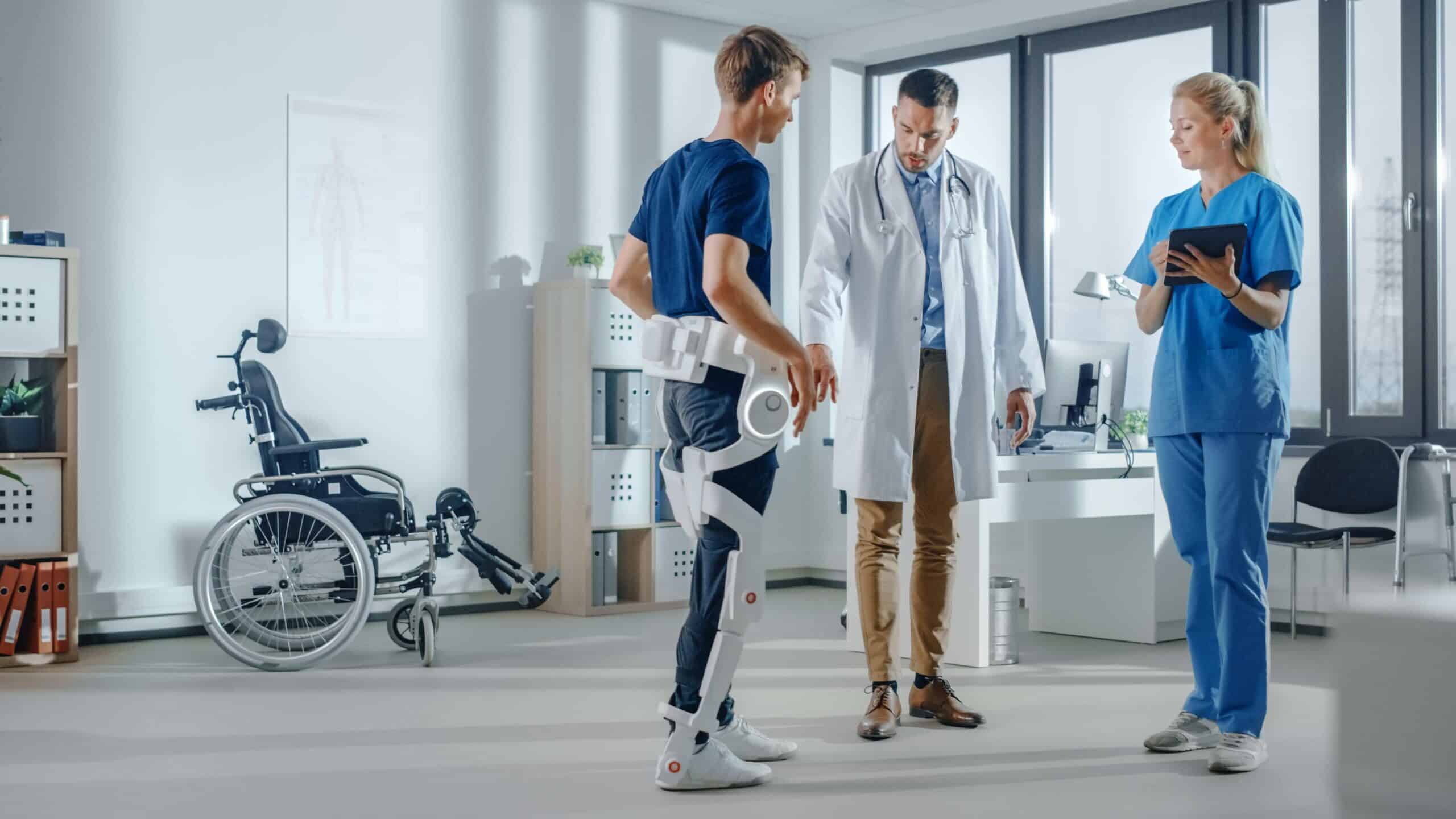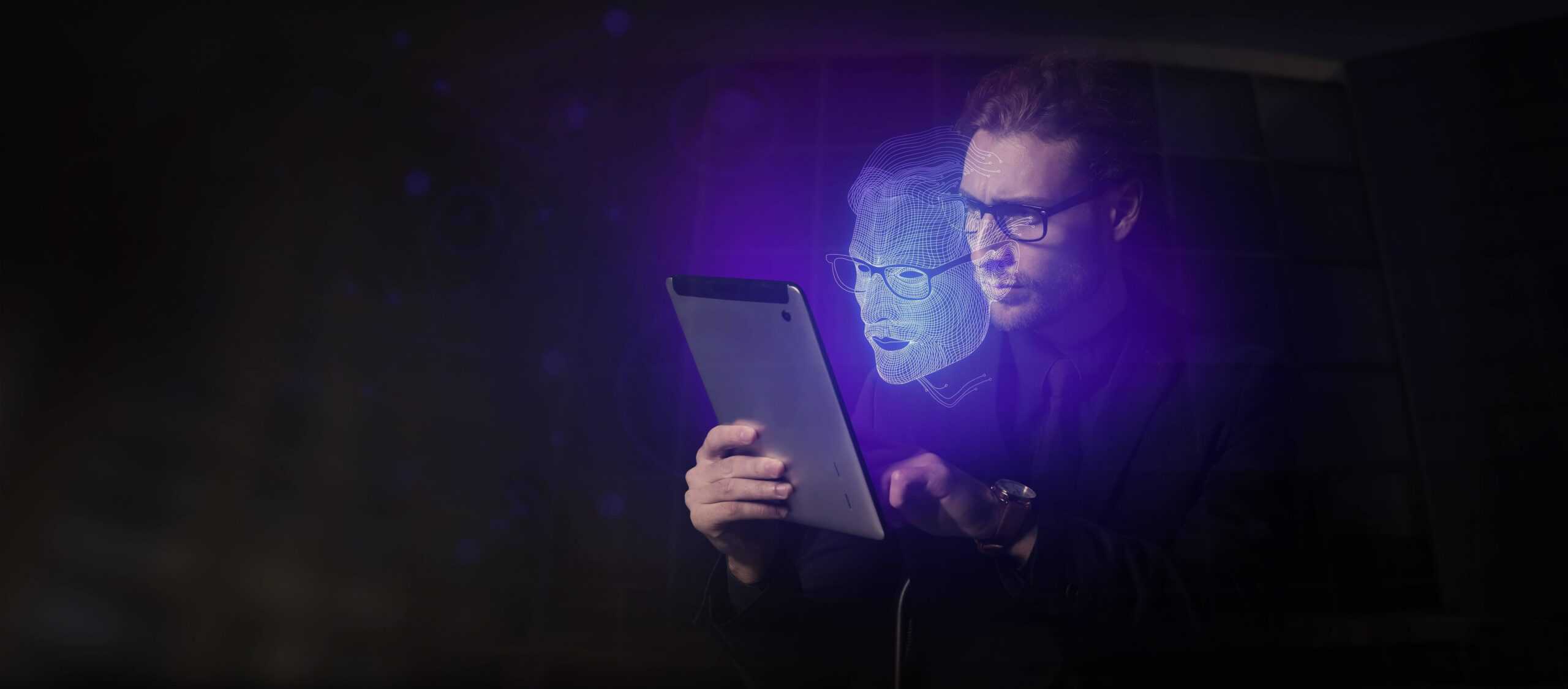- IBM’s Medical Sieve can filter a diagnosis from huge amounts of data
- Babylon’s medical chatbot will soon provide worried patients with medical advice
- Google’s diagnostic contact lens continuously measures blood sugar levels
Technology is transforming medicine. That’s a simple truth with complex consequences. From artificial intelligence (AI) and machine learning, to chatbots and wearables, the innovations that are reshaping other sectors are being felt in healthcare, too. Here, they do more than make our lives easier. For many people, and in many cases, they make life possible, providing hope where there was none before.
But don’t think technology will replace physicians. As Ginni Rometty, the CEO of IBM, explains to Bloomberg, cutting-edge tech like cognitive computing isn’t going to make doctors obsolete. Instead, it’s there to augment, assist, and help. “The idea is to help you and I make better decisions amid cognitive overload,” she says, and these stunning breakthroughs are saving lives every day.
Free trendservice
IBM’s Medical Sieve can filter a diagnosis from huge amounts of data
Radiologists are faced with a tough task. To diagnose an illness, they need to sift through a huge volume of images looking for clues, and that’s often a lot like looking for a needle in a haystack. An added problem is that they do this without a patient’s broader medical history. This forces them to rely only on the images they gather from MRIs and CT scans. And as IBM’s research team explains, “An emergency room radiologist may look at as many 200 cases a day, and some of these imaging studies, particularly lower body CT angiography, can be as many as 3000 images per study.” For obvious reasons, this leads to fatigue, and in cases where more than one thing has gone wrong in a patient, radiologists sometimes miss these ‘coincidental’ diagnoses.
Developments in machine learning, image recognition, and artificial intelligence are helping radiologists by augmenting their skills. Because so many people need their help, radiologists simply can’t read the complete medical history of every patient. But a cognitive computing system can. Using their Watson system, IBM is working on what physicians call the “Medical Sieve”, a system that can filter a diagnosis from huge amounts of data – finding the needles in haystacks. The Medical Sieve sorts through a patient’s complete medical history, looking for clues that inform its analysis of the images it’s offered. Driven by smart algorithms and advanced AI, it can learn everything there is to know about a patient in a matter of seconds. Then, as it looks at MRIs and CT scans, it can better recognise anomalies and point an expert radiologist toward them.
That’s huge, because it can increase the early – and correct – diagnosis of complex problems, a great example of tech that directly saves lives!

Babylon’s medical chatbot will soon provide worried patients with medical advice
It’s happened to everyone: a sudden pain or illness severe enough to get you to call for help. While not necessarily an emergency, you’re worried that something could be really wrong. In the UK, that means dialing 111, the non-emergency helpline, or what Jamie Rigg at Engadget calls “the first port of call for urgent advice in cases where it’s likely overkill to scream for an ambulance right away.” Set up to lessen the load on the emergency services, 111 is itself overwhelmed by the volume of calls it receives.
The National Health Service’s solution is an intelligent chatbot. A creation of UK startup Babylon Health, it was unveiled for testing earlier this year. Initially limited to AI triage that works like a smart symptom checker, Babylon plans to improve its AI to offer true smart diagnosis. “To achieve this”, Steve O’Hear reports, “Babylon has curated the largest knowledge graphs of medical content, and made advances in various applications of deep learning techniques adapted specifically for healthcare.” The founder and CEO of Babylon, Dr Ali Parsa, thinks their AI “will shortly be able to diagnose and foresee personal health issues better than doctors”. But much like Rometty, Parsa insists this app won’t replace healthcare professionals. “This is about machines and medics co-operating, not competing. Doctors do a lot more than diagnosis: artificial intelligence will be a tool that will allow doctors to become more accessible.”
The idea is genius. People who are concerned about a problem can ask the intelligent app for medical advice. It can use its deep learning algorithms to tell the difference between a common headache and a potential aneurysm, directing people to medical services when needed. In the most dangerous cases, the app can schedule an immediate video appointment with a doctor. That may not sound like a breakthrough, but it can save lives in two ways. First, by alerting patients to a potentially serious condition, it can get them the care they need but might not realise is critical. And second, by providing non-emergency care for patients with simple problems, it frees medical professionals to treat the people who really need them.
Google’s diagnostic contact lens continuously measures blood sugar levels
Google’s newest venture into health-tech offers a glimpse of the future of wearables. Globally, our growing waistlines mean growing rates of diabetes as well – and high blood sugar is a killer. From kidney failure, to eye problems, to strokes, heart attacks, and amputations, diabetes is a serious disease that demands constant attention. The problem has been that glucose monitoring has lagged behind cutting-edge tech, demanding that a patient draw a small sample of blood and feed it into a testing metre. Over the course of a day, a number of readings can provide a pattern of blood sugar levels. But who has time to check their blood sugar every few minutes throughout the day? What’s really needed is constant, non-invasive monitoring.
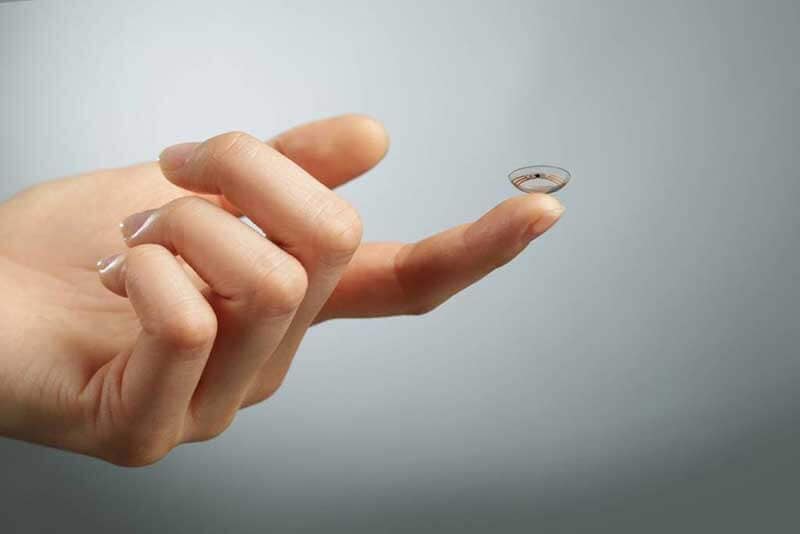
Google’s life sciences team, Verily, has stepped up to this challenge. In partnership with Alcon, Novartis’ eye care division, they’ve designed a contact lens that continuously measures its wearer’s blood sugar. Between two layers of normal lens material, scientists and engineers at Verily have sandwiched a thin sensor. A tiny hole in the lens lets tears bathe these electronics, which register the wearer’s blood sugar levels in real-time, sharing this information with an associated app. If it notes a dangerous peak or drop, it can alert them to seek immediate medical attention. That’s not just convenient – that’s life-saving!
These stunning innovations are improving care, empowering patients, and helping doctors get the answers they need.


